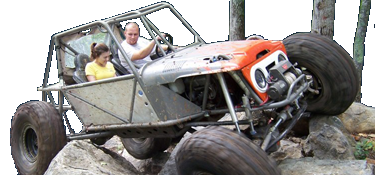kaiser715
Doing hard time
- Joined
- Jun 1, 2006
- Location
- 7, Pocket, NC
Thinking about *maybe* starting a garden next year. When we built the place, the grader guy cleared out a spot, said we needed a garden (we got an extra road leading to it, too, that we didn't know we wanted).
Clearing is around 50x125, aligned north to south. So good midday sun, shade in morning and late afternoon. 150' from the septic field, and 250' from the pond.
Of course, out here, deer will be a problem. I was mowing tonight at dusk, there was one eating grass about 75' away from me. He didn't care.
So...what do I need to know, other than "everything"?
Clearing is around 50x125, aligned north to south. So good midday sun, shade in morning and late afternoon. 150' from the septic field, and 250' from the pond.
Of course, out here, deer will be a problem. I was mowing tonight at dusk, there was one eating grass about 75' away from me. He didn't care.
So...what do I need to know, other than "everything"?

